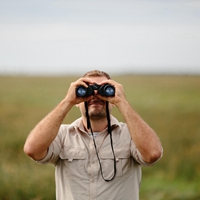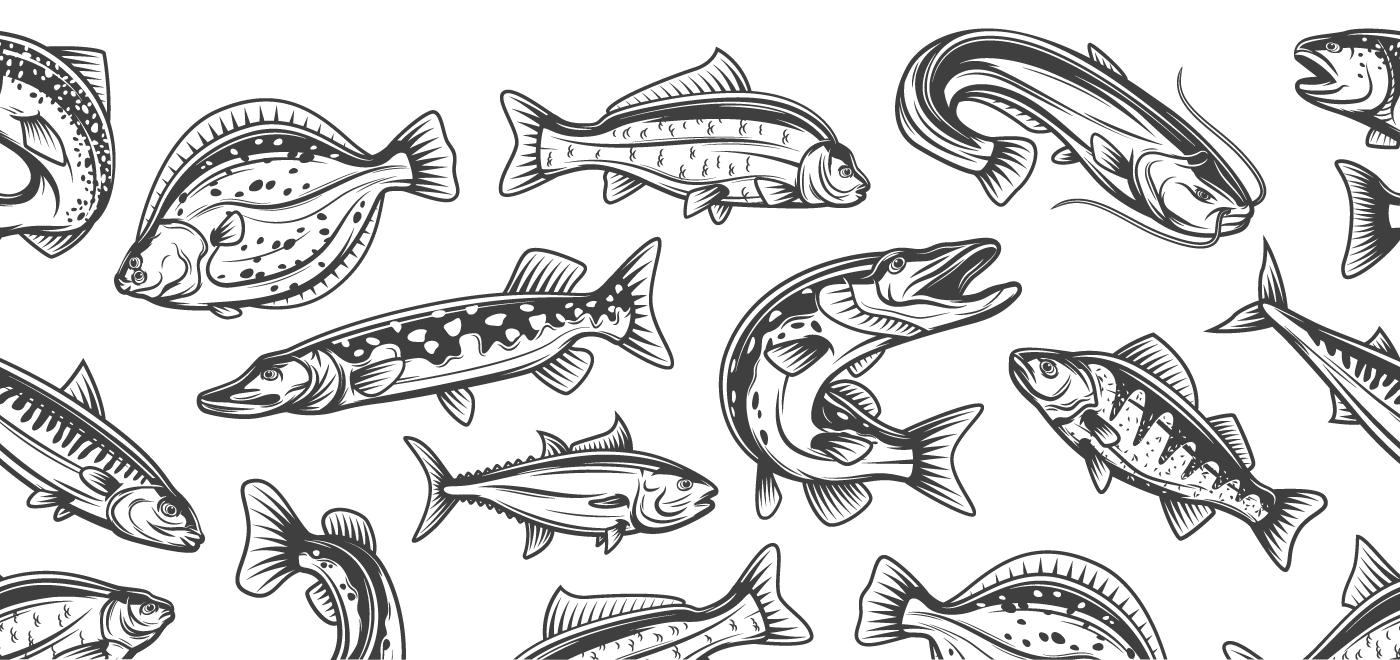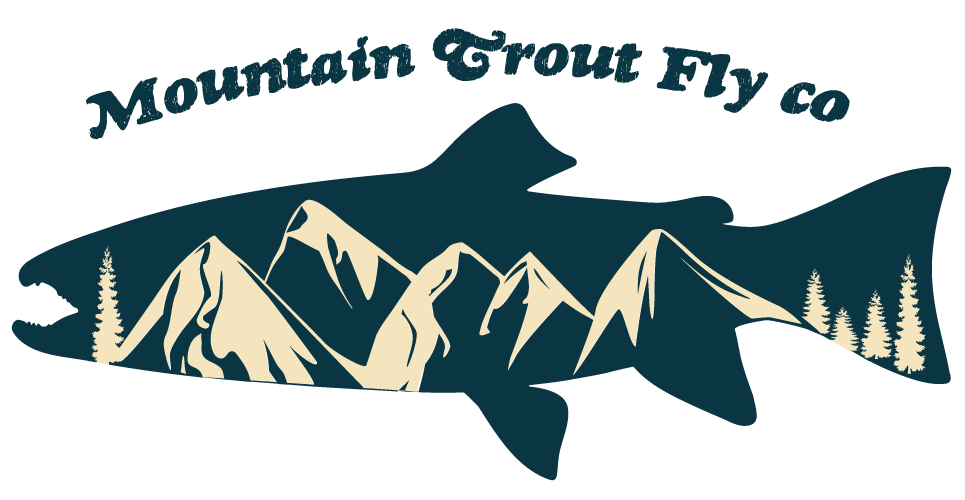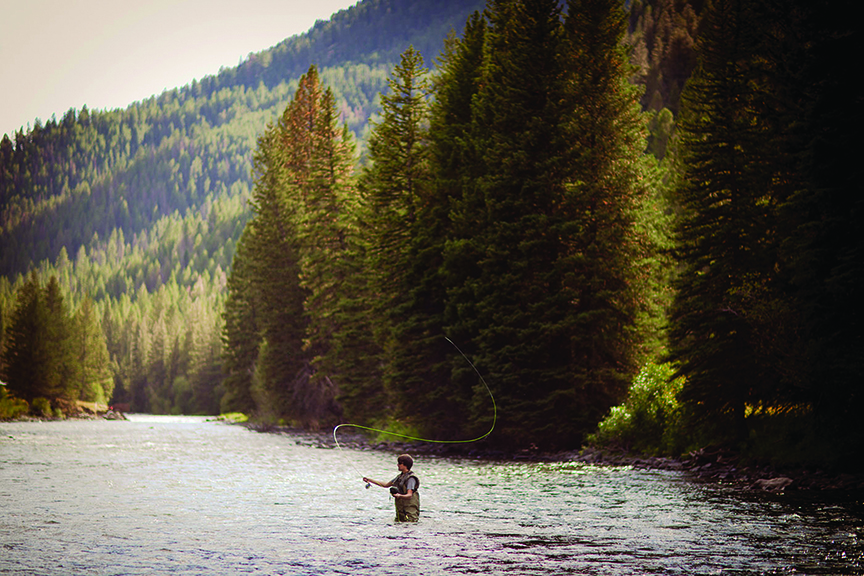Recent Posts
Categories
Tutorials
Places
Gear
Discussions
Latest in Tutorials
Tutorials
Fly Casting: How to Avoid Tailing Loops
MTFC TeamTutorialsTailing loops are the bane of both novice and experienced casters, and they can almost all be traced to problems with the timing of the casting stroke. A tailing loop is one where the front of the fly line and the leader cross below the plane of the cast as the forward cast rolls out, often causing a tangle in the line or a wind knot in the tippet or leader.
Trigger Mechanisms, Masking Hatches, and Drag
MTFC TeamTutorialsAnglers who wish to tie or purchase the best fish-catching flies need to understand trigger mechanisms. A trigger mechanism is a fly pattern component that makes a fish choose to eat it. Many times a trout has swum beneath my dry fly, looking at it, but refusing to eat it. Those flies did not have good trigger mechanisms for that fish on that day.d
Latest in Places
Places
Fishing the Gallatin River
Jon Crawford Places
PlacesThere is such a wide-ranging and tantalizing assortment of water to taste and experience on the flight of rivers throughout southwest Montana. This local freestone stream often gets passed by while we motor along, driftboat in tow, toward larger, more float-friendly locales. 120 miles of trout habitat from its emergence at Gallatin Lake to its confluence with the Missouri at Three Forks
Top 10 Fly Fishing Rivers In Colorado
MTFC TeamPlacesFed with snow from high atop the Continental Divide, Colorado’s rivers develop into some of the country’s best trout streams. The water flowing east, eventually to the Atlantic Ocean, crosses the more arid slopes and short grass prairies, while the water flowing west meanders through the greener terrain of the Western Slope, before it (hopefully) reaches the Pacific Ocean. Each winding path of Rocky Mountain water provides its own outstanding fly-fishing experience, so narrowing down these rivers to only ten is an impossible task. But the ten on our list are guaranteed to provide some of the best fly fishing of your life and most include Gold Medal Stream sections, as designated by the state of Colorado.
Latest in Gear
Gear
How to Choose the Best Fly Line for Beginners
Galen Wright Gear
GearChoosing the right gear is important in any sport, but especially in fly fishing. As a novice angler, sometimes gear can be confusing, overwhelming, and difficult to navigate. This post is designed to give you the tools to choose the fly line that will work best for you.
Best Fly Rods for Beginners
MTFC TeamGearMany fly anglers begin their journey with hand-me-down gear from a sibling, friend or elder. This equipment often comes with valuable information and is typically enough to get anyone started down the rabbit hole that is fly fishing. With that being said, there’s nothing quite like picking out your own fly rod for the first time. If you’re like me and got into the sport on your own, I hope this guide will help you choose an entry-level fly rod that meets your needs and enhances your passion for fly fishing for years to come.
Latest in Discussions
Discussions
Not Vision, Perception
MTFC TeamDiscussionsAny trout fisherman, especially those who fish with dry flies, will tell you that trout possess acute vision. Scientists will agree. How is it then that a large brown trout will see this – And accept it as this? The answer lies not with the trout’s vision, but with his perception; that is, how the trout’s brain registers the sensory input of vision and matches it to an established pattern. As fly fishermen we have for centuries looked at the thick hackle of a standard upright dry fly and assumed that the trout sees the hundreds of light points breaking the surface as the six legs of a mayfly. That astounds me! A fish with such fine vision will see all the hundreds of those discrete hackle points. However, while the trout can see the difference between six sparkling points and hundreds, the trout can’t discern or perceive the difference.
Don't have an account?
Create an account for a more personalized experience. Bookmark posts, follow authors, leave comments and more.


